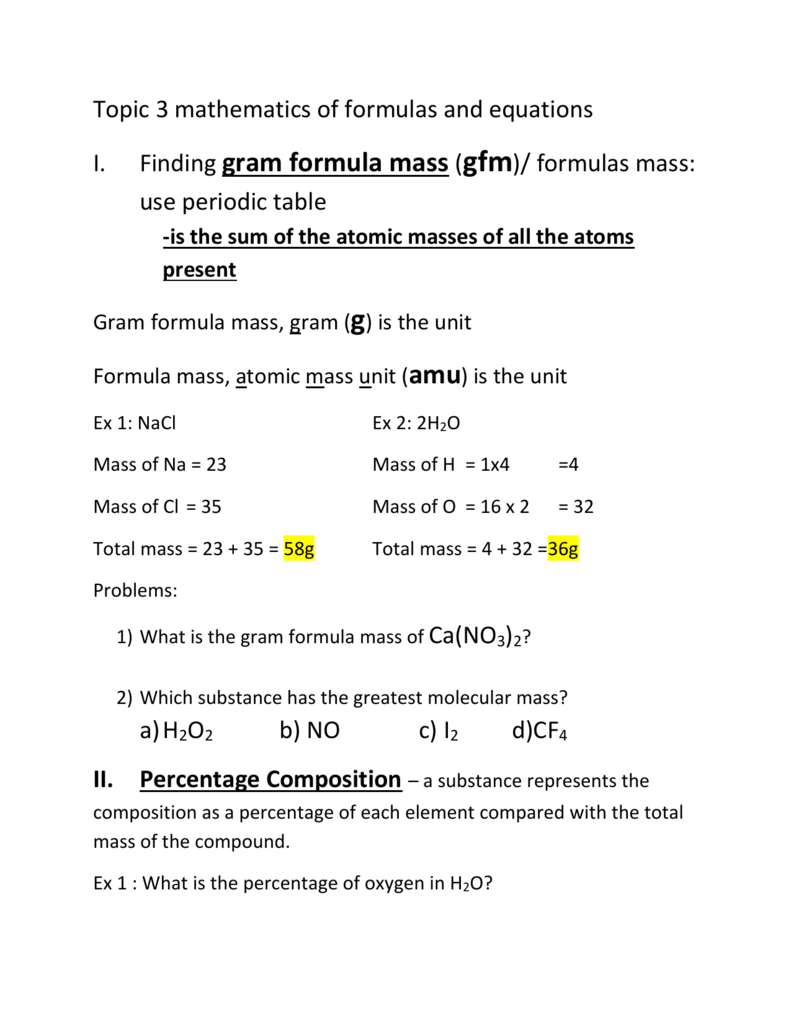

Grams of glucose we have, and then we're going to divide by 180.16, divide by 180.16, gives us this number, and let's see, if we So for every one mole of glucose, C6H12O6, we have 180.16 grams of glucose, C6H12O6, and this is going to get us, we get 1.52 times 1,000 is equal to, this is the number of Mass in terms of grams, you can then divide by your molar mass or you can view it as multiplying You the number of grams we have of glucose which would be 1,520 and if you have your So when you multiply these two out, this is going to give Grams in the numerator, so how many grams are there per kilograms? Well, we have 1,000 grams for every one kilogram. Is given in terms of grams, so times, we're going to want kilograms in the denominator and So if we start off withġ.52 kilograms of glucose, so that's C6H12O6, well first we can convert it to grams 'cause here, our molar mass And we could say grams of glucose, C6H12O6 per mole of glucose, C6H12O6 and then we can use this 1.52 kilograms to figure out how many moles we have. So that's equal to 180.16 grams per mole.

I can only go to the hundredths place for significant figures, so 180.16. Hundredths for carbon and for oxygen, we're addingĪll of these up together so it's going to be 180. Goes to the thousandths place but we only go to the
H2O MOLAR MASS PLUS
Six times 12.01 plus 12 times 1.008 plus six times 16 is equal to, and if we're thinking about significant figures here, the molar mass of hydrogen Glucose has six oxygen plus six times 16.00 grams per mole. Times 12.01 grams per mole plus 12 times 1.008 grams per mole plus every molecule of Glucose is going to be six times the molar mass of carbon plus 12 times the molar mass of hydrogen plus six times the molar mass of oxygen. The information we need from our periodic table of elements. Periodic table of elements, it has a molar mass ofġ6.00 grams per mole. Of 1.008 grams per mole, 008 grams per mole. Of 12.01 grams per mole and now we can think about Mass of a carbon atom, or what's useful, and this is where Avogadro's Number is valuable, if you have Avogadro's Number of carbons, it is going to have a mass of 12.01 grams. We've talked about it in other videos, you could view this 12.01Īs a relative atomic mass of a carbon atom, of as the average atomic Periodic table of elements, has a molar mass of 12.01 grams per mole. So if we first look at carbon, carbon, we see from this So what is the molar mass of glucose? Well to figure that out, and that's why this periodic table of elements is useful, we just have to figure out the molar mass of the constituent elements.

Well then we just divide the mass of our sampleīy the mass per mole and we'll know how many moles we have. And so we have a 1.52 kilograms sample of our molecule in question, of glucose so if we can figure out the mass per mole, or another way to think about it, the molar mass of glucose, If I say a mole of something, I'm saying that's Avogadro's If I said a dozen of something, you'd say oh, that's 12 of that thing.

Remember, mole is really, you can view it as a Trying to figure out the number of moles, So like always, pause this video and try to figure this out on your own and this periodic table ofĮlements will prove useful. We are asked to calculate the number of moles in a 1.52


 0 kommentar(er)
0 kommentar(er)
